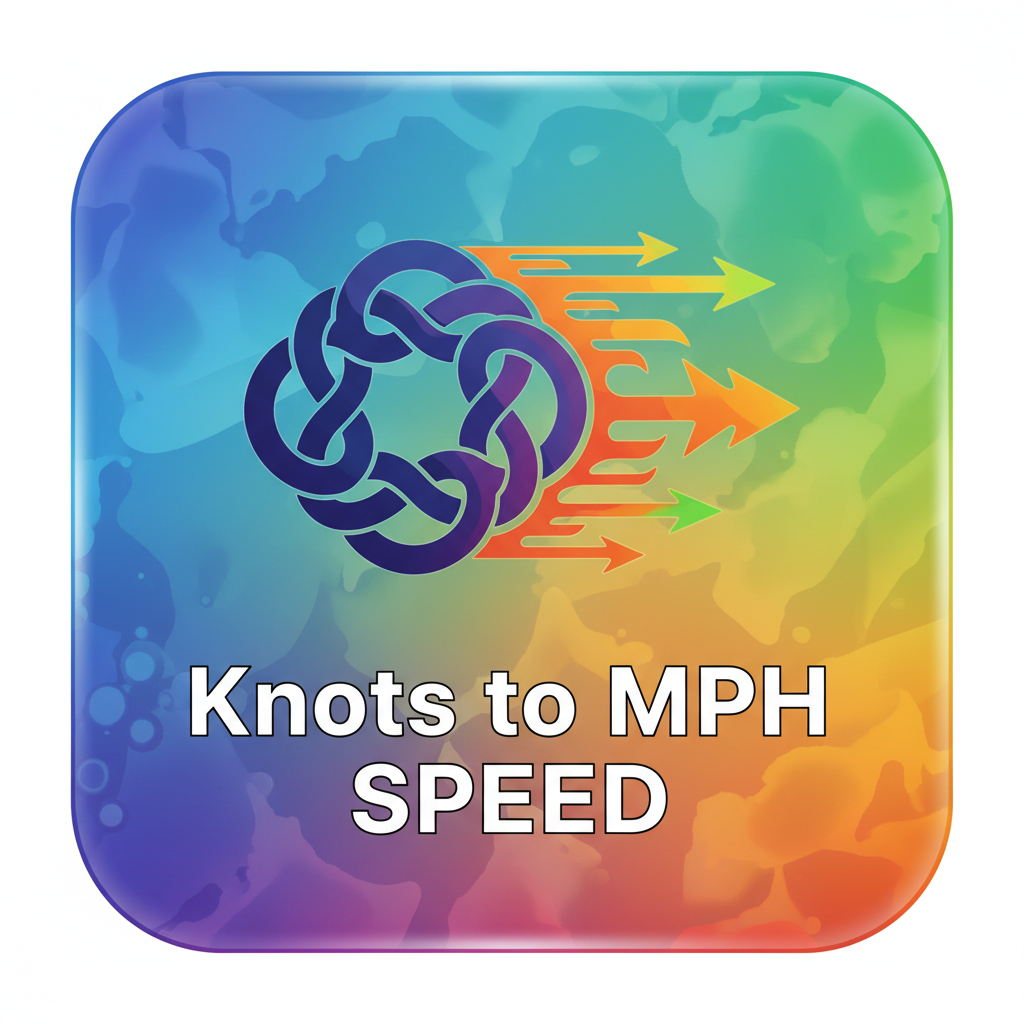Ohms to Resistance
Easily convert Ohms to Resistance with our free online calculator. Accurate and quick resistance calculations for electronics projects.
The Ohms to Resistance Converter is a precise and reliable digital tool created to help users understand and work with electrical resistance, measured in ohms (Ω). Resistance is one of the most fundamental concepts in electricity and electronics, influencing how current flows through a circuit, how components behave, and how systems operate safely. Whether you’re an electrical engineer, technician, hobbyist, student, or DIY electronics builder, this tool provides immediate clarity by converting and interpreting resistance values with complete accuracy.
Electrical resistance represents the opposition that a material or component provides to the flow of electric current. The unit ohm (Ω) is the globally recognized measure defined under the International System of Units (SI). While resistance values are typically already expressed in ohms, users often need help interpreting different formats—such as milli-ohms (mΩ), kilo-ohms (kΩ), and mega-ohms (MΩ)—or comparing different resistance levels across circuits. The Ohms to Resistance Converter allows users to input any resistance value in ohms and instantly convert it to various commonly used subunits and higher units. This ensures that circuit diagrams, component datasheets, and technical specifications become easier to read and apply.
In electrical engineering, understanding resistance is crucial for designing safe and efficient circuits. Resistors, wires, electronic components, semiconductor devices, and even PCB traces possess specific resistance values that impact voltage drop, current flow, power dissipation, and overall circuit behavior. Engineers use the converter to quickly switch between different resistance scales, ensuring accurate calculations for component selection, troubleshooting, and system optimization.
In electronics and DIY projects, hobbyists regularly work with components like resistors, LEDs, sensors, and microcontrollers. Many datasheets list values in kilo-ohms or mega-ohms, while multimeters display readings in different units. Misreading a value can lead to incorrect circuit assembly or component failure. This converter offers instant clarity, helping makers avoid mistakes, protect components, and ensure successful project outcomes.
For technicians and electricians, resistance measurements are central to diagnosing faults, checking continuity, evaluating wiring conditions, and testing electrical equipment. The converter helps professionals interpret readings taken from multimeters or test instruments, ensuring that safety limits, equipment ratings, and troubleshooting procedures are applied correctly.
In academic settings, resistance is foundational in physics, electronics, and engineering courses. Students often struggle with converting between ohms, kilo-ohms, and mega-ohms, especially when solving circuit equations or analyzing resistor networks. This tool eliminates confusion and supports deeper understanding by simplifying conversions and allowing learners to focus on mastering circuit concepts. Teachers and lab instructors can also use the converter during demonstrations or assessments to ensure accuracy and consistency.
Everyday users also benefit from this tool when dealing with household electronics, audio equipment, automotive wiring, or appliance repair. Components like speakers, wiring harnesses, heating elements, and sensors all involve resistance values. Proper understanding helps users make safe, informed decisions.
The converter’s interface is simple, intuitive, and optimized for mobile, desktop, and tablet use. Users simply enter an ohm value, and the tool instantly displays equivalent values across different resistance scales—no formulas, no manual calculations, and no risk of error.
In summary, the Ohms to Resistance Converter is an authoritative, scientifically accurate, and highly practical tool for engineers, students, technicians, hobbyists, and everyday users. Its precision, clarity, and ease of use make it a dependable resource for interpreting, converting, and understanding resistance across all electrical and electronic applications.






